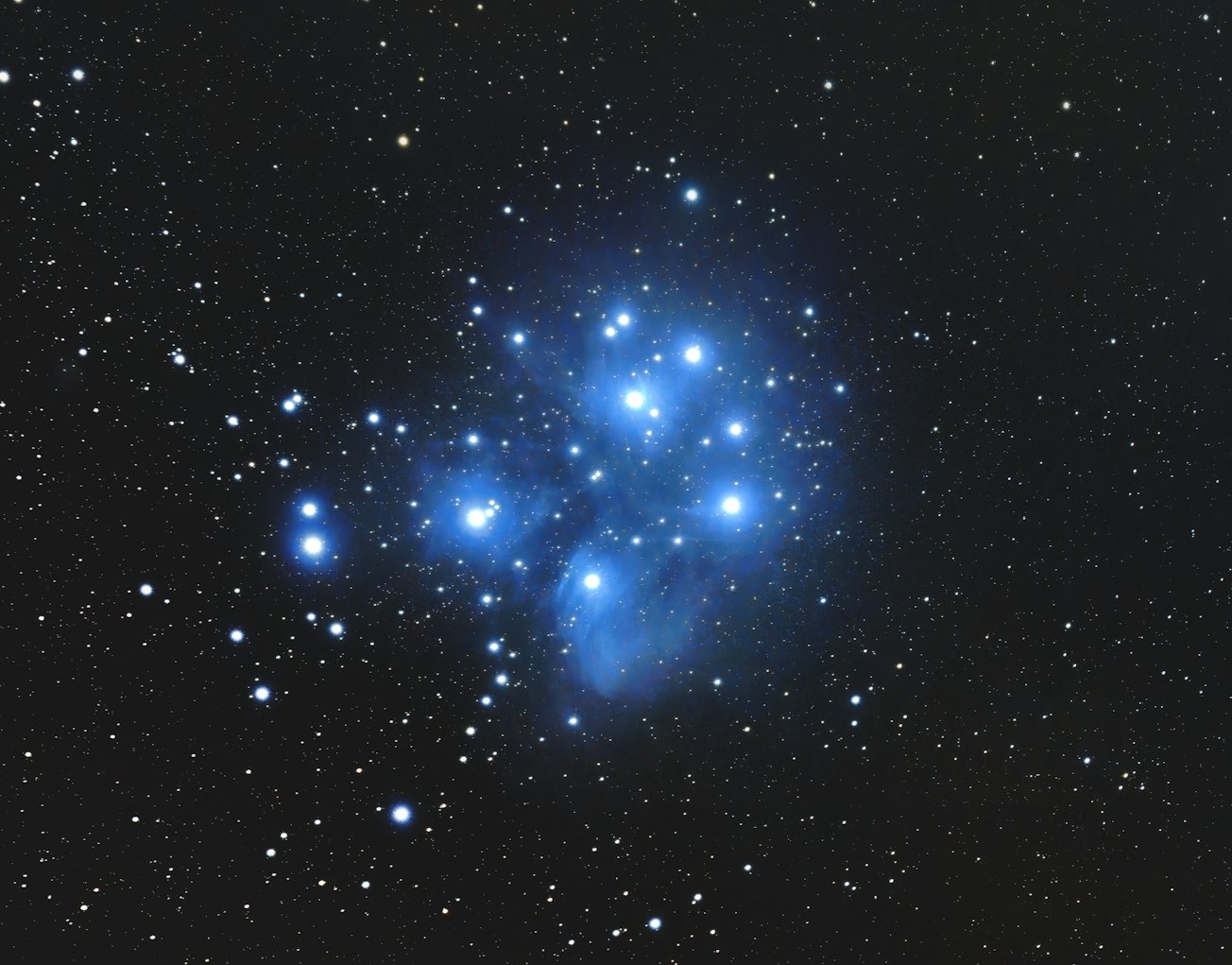What is it about?
A large sandstone rock art site, Marra Wonga, near Barcaldine, central Queensland, is the focus of this paper. This 160-metre-long rock shelter is estimated to have over 15,000 petroglyphs, which are mostly animal tracks, lines, grooves and drilled holes, as well as 111 hand-related and object stencils. There is also a cluster of human-shaped foot petroglyphs on the floor of the shelter, some with six or more toes. Unique compositions on the shelter wall include seven large, engraved star-like designs with central engraved pits and large, engraved snake-like designs running across and through other petroglyphs. We describe and discuss some of the features of Marra Wonga from archaeological (etic) and ethnographic (emic) perspectives, especially in terms of the significance of a petroglyph of an anthropomorph, seven star-like designs seemingly made as part of a composition, the large snake-like designs, and six-toed human feet. Today, Marra Wonga is a teaching site used to tell important cultural stories that are connected to many other places through the imagery and Dreaming Tracks, as well as a tourist destination managed by the Yambangku Aboriginal Cultural Heritage and Tourism Development Aboriginal Corporation (YACHATDAC), with whom we partnered for this research.
Featured Image

Photo by Anders Drange on Unsplash
Why is it important?
This is one of only a few rock art sites associated with a Seven Sisters story and many elements are represented with rock art designs. We interpret the site from both archaeological and contemporary First Nations perspectives. It is very rare in the world today to have detailed ethnographic perspectives to sit alongside archaeological description. The site also has incredible engravings of human feet with six or more toes. The paper is open access so can be downloaded for free. In the paper there is a link to an online gigapan image.
Perspectives
One of the most amazing rock art sites in Australia and definitely in my top ten!
Professor Paul S.C. Tacon
Griffith University
Read the Original
This page is a summary of: Marra Wonga: Archaeological and contemporary First Nations interpretations of one of central Queensland’s largest rock art sites, Australian Archaeology, May 2022, Taylor & Francis,
DOI: 10.1080/03122417.2022.2084666.
You can read the full text:
Resources
Contributors
The following have contributed to this page







